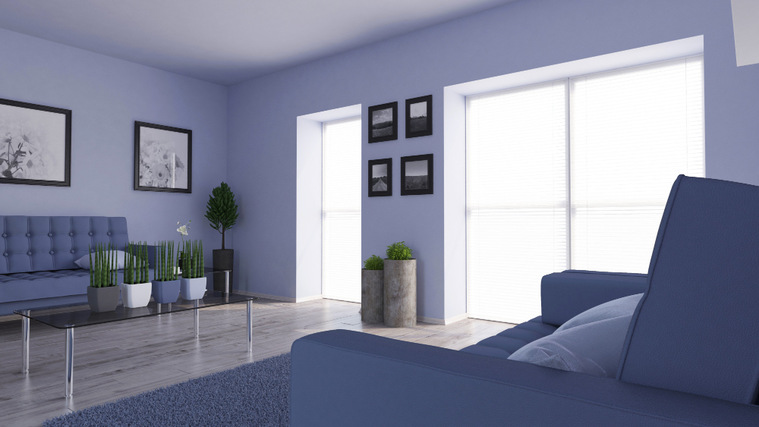Are you planning to repaint your home’s interior but feeling overwhelmed by the many paint color options available? Selecting the right color palette can significantly impact the look and feel of your space. To help you navigate this process like a pro, we’ve gathered expert advice from professional painters on choosing the perfect interior paint colors.
Understand the Mood You Want to Create
Before diving into color swatches, take a moment to consider the mood or atmosphere you want to evoke in each room. Are you aiming for a cozy and intimate feel in the living room, or do you prefer a bright and energizing atmosphere in the kitchen? Understanding the desired mood will guide your color choices.
Consider Lighting and Room Size
Natural and artificial lighting can influence how paint colors appear in a room. Rooms with ample natural light can handle darker shades, while dimly lit spaces may benefit from lighter hues to create a sense of brightness. Additionally, considering the size of the room, lighter colors tend to make small rooms feel more spacious, while darker colors can add warmth and intimacy to larger spaces.
Use Color Psychology as a Guide
Color psychology suggests that different hues can evoke specific emotions and behaviors. For example, blue is often associated with calmness and serenity, making it an excellent choice for bedrooms or relaxation areas. On the other hand, vibrant yellows and oranges can promote energy and creativity, making them ideal for home offices or playrooms. Think about how you want each room to feel and choose colors accordingly.
Test Paint Samples in Your Space
Paint colors can look vastly different under various lighting conditions and alongside existing furnishings. Invest in small paint samples and test them directly on your walls to ensure you’re happy with your color choices. Observe how the colors change throughout the day and complement your furniture and decor.
Don’t Forget About Trim and Accents
Remember that walls are just one part of the equation when selecting interior paint colors. Pay attention to trim, doors, and other architectural details, as these elements can enhance or detract from your chosen color palette. Crisp white trim can contrast bold wall colors cleanly while coordinating accent colors can add visual interest and depth.
When we talk about interior painters, we’re referring to professionals who specialize in painting the inside of residential or commercial buildings. Their main responsibilities include:
- Surface Preparation: Interior painters prepare the surfaces they will be painting. This may involve cleaning walls, removing old paint or wallpaper, filling in cracks or holes, and sanding rough areas to ensure a smooth finish.
- Color Consultation: Some interior painters offer color consultation services to help clients choose the right paint colors for their space. They may provide guidance based on room size, lighting conditions, and desired ambiance.
- Priming: Before applying the final coats of paint, interior painters often apply a primer to the surfaces. Primer helps to create a uniform surface, improves paint adhesion, and can hide imperfections in the underlying material.
By following these tips from professional painters, you’ll be well-equipped to choose the perfect interior paint color palette for your home. Trust your instincts and select colors that resonate with your style and preferences.

